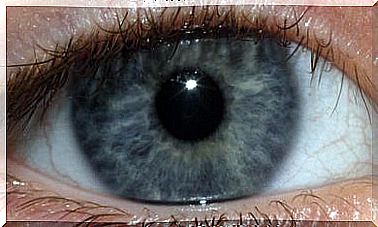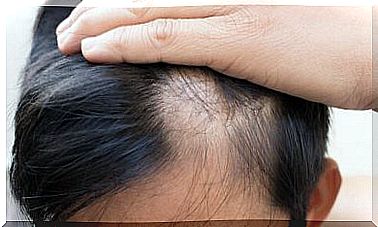Symptoms, Diagnosis And Treatment Of Lupus
Systemic lupus erythematosus (lupus or SLE) is a systemic autoimmune disease. It is characterized by affecting the connective tissue and by being inflammatory and chronic. It is necessary to know the symptoms in order to have a correct diagnosis and treatment of lupus.
As with all autoimmune diseases, the cause is unknown. However, it is considered that there are several predisposing factors such as genetic and environmental. There is usually a trigger that can be an infection, physical or emotional trauma, pregnancy, hormonal changes in puberty.
Symptoms of lupus

The typical patient is a woman of childbearing age. 90% of those affected are women. Lupus usually appears between the ages of 15 and 45. It can affect any part of the body individually or forming a multisystem picture that affects various organs or tissues.
The course of the disease is highly variable and periods of crisis alternate with periods of remission. It usually begins with general symptoms such as:
- Discomfort.
- Tiredness.
- Fever.
- Slimming
- Muscle and joint pain The latter , together with arthritis of the joints of the hands and wrists, appear in 90% of patients.
There are other symptoms a little less frequent, dermatological manifestations such as:
- Malar erythema, which is a rash that affects the cheeks and bridge of the nose.
- Hair loss.
- Photosensitivity: intolerance to the sun’s ultraviolet rays, so they should be protected with creams with a high protection factor.
Despite these being the most common symptoms, lupus can affect any organ and system. Thus, people with lupus are also more prone to infections. We can also find other manifestations:
- Cardiac: pericarditis.
- Pulmonary: pleurisy.
- Renal: nephritis.
- Digestive: abdominal pain, nausea, etc.
Diagnosis of lupus

The diagnosis is established based on the symptoms reported by the patient. The doctor needs to verify at least 4 of the 11 diagnostic criteria that have been established internationally. This is done through a blood test that looks for antinuclear antibodies (ANA).
Among the analytical data, more than 99% of lupus patients have ANA . Therefore, if these are not positive, the disease is almost totally excluded. However, its presence does not necessarily indicate lupus. There are other diseases that also manifest with this analytical finding.
Lupus treatment

Like all autoimmune diseases, it sadly has no cure. Treatment for lupus is aimed at controlling symptoms and treating flare-ups. The most commonly used drugs are:
- Anti-inflammatory : NSAIDs such as naproxen or ibuprofen can be used as pain relievers, anti-inflammatories, and antipyretics to treat these lupus symptoms.
- Corticosteroids : some like prednisone are useful to fight inflammation. You have to be careful with adverse effects such as weight gain, osteoporosis, hypertension, diabetes, etc.
- Immunosuppressants : these are drugs that suppress the immune system, such as azathioprine, methotrexate, or mycophenolate mofetil.
- Antimalarial drugs such as hydroxychloroquine are also sometimes used , as they affect the immune system and reduce seizures.
Despite what is often believed, people with lupus can lead normal lives with proper treatment. They should complement it with other things:
- A healthy and balanced diet.
- Get regular exercise.
- Salt should be restricted if kidney disease or hypertension is present.
- Control sun exposure due to photosensitivity.
- In addition, it is necessary to find moments of rest in daily activity to avoid fatigue.
If you present the symptoms described previously, go to your doctor to be examined as soon as possible and to know if it is lupus or other diseases. You need a professional diagnosis to begin lupus treatment.









